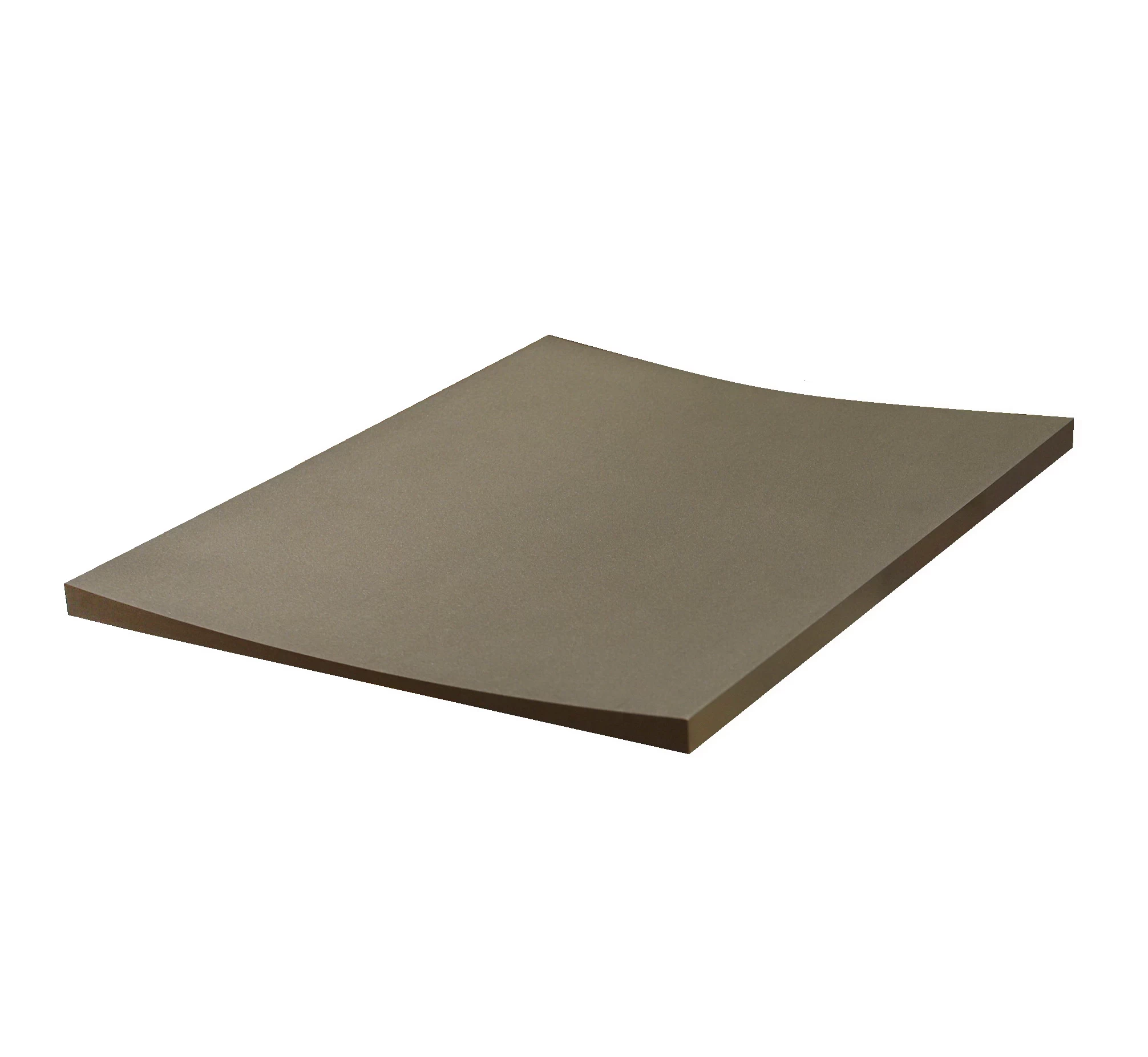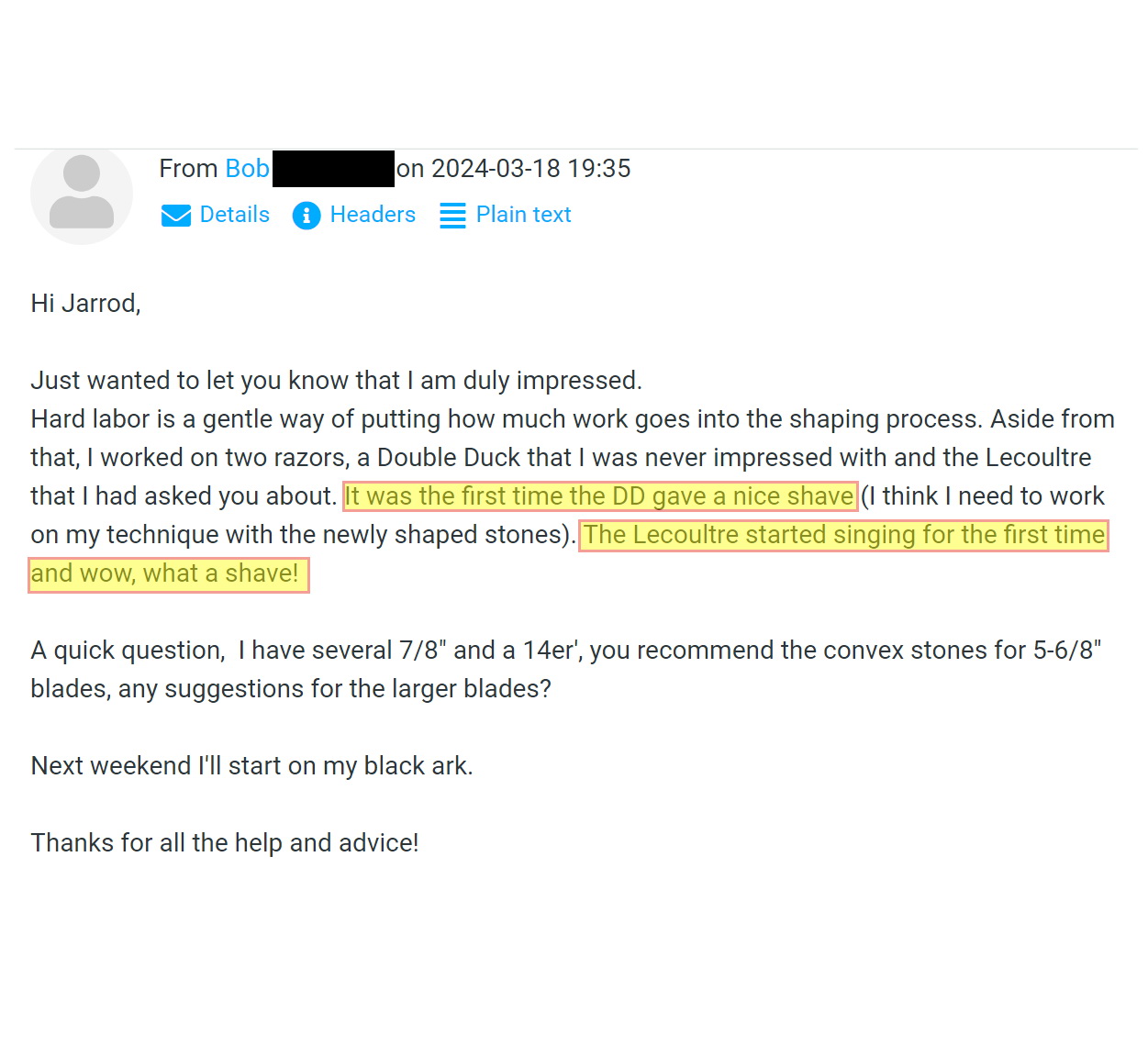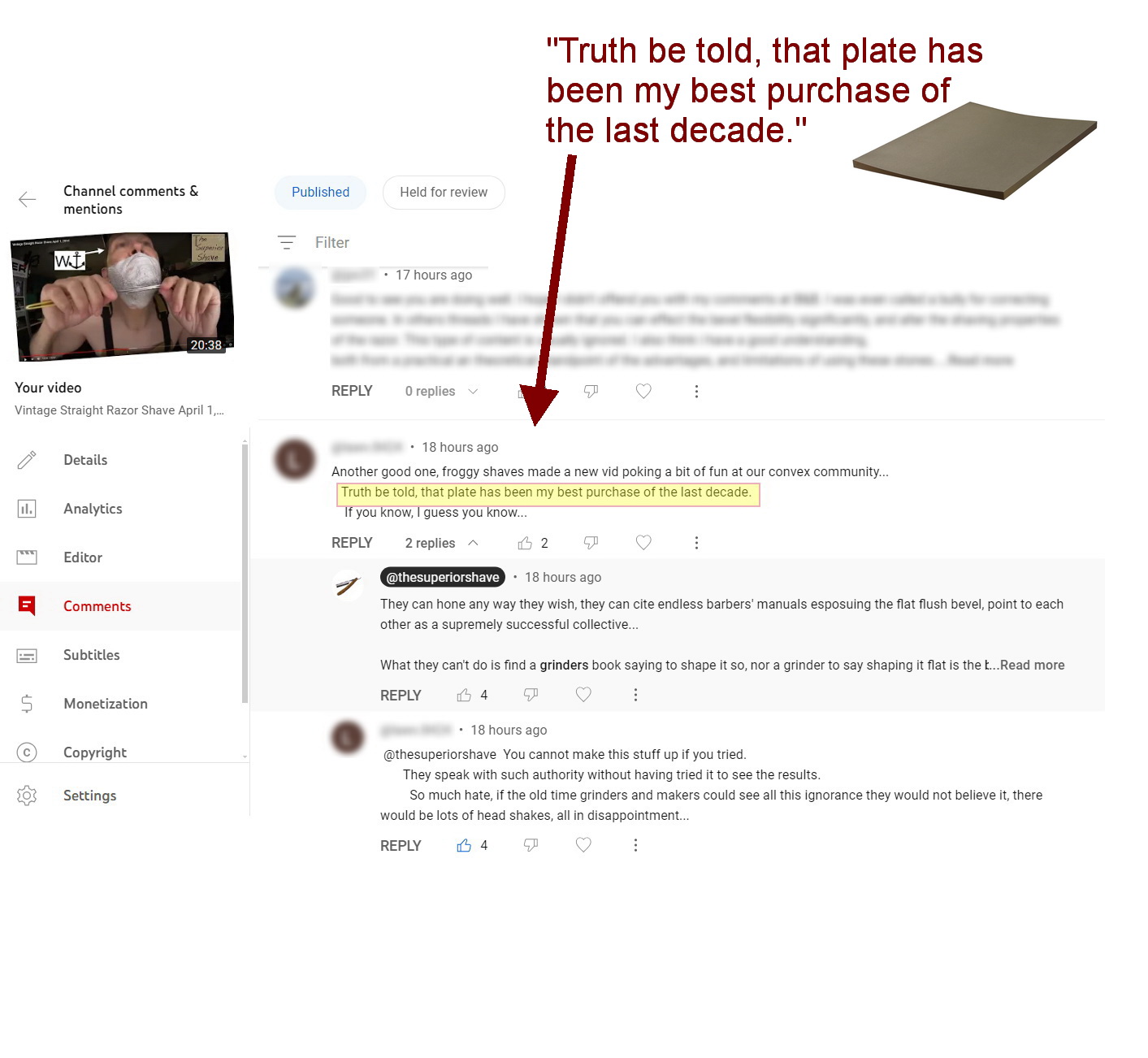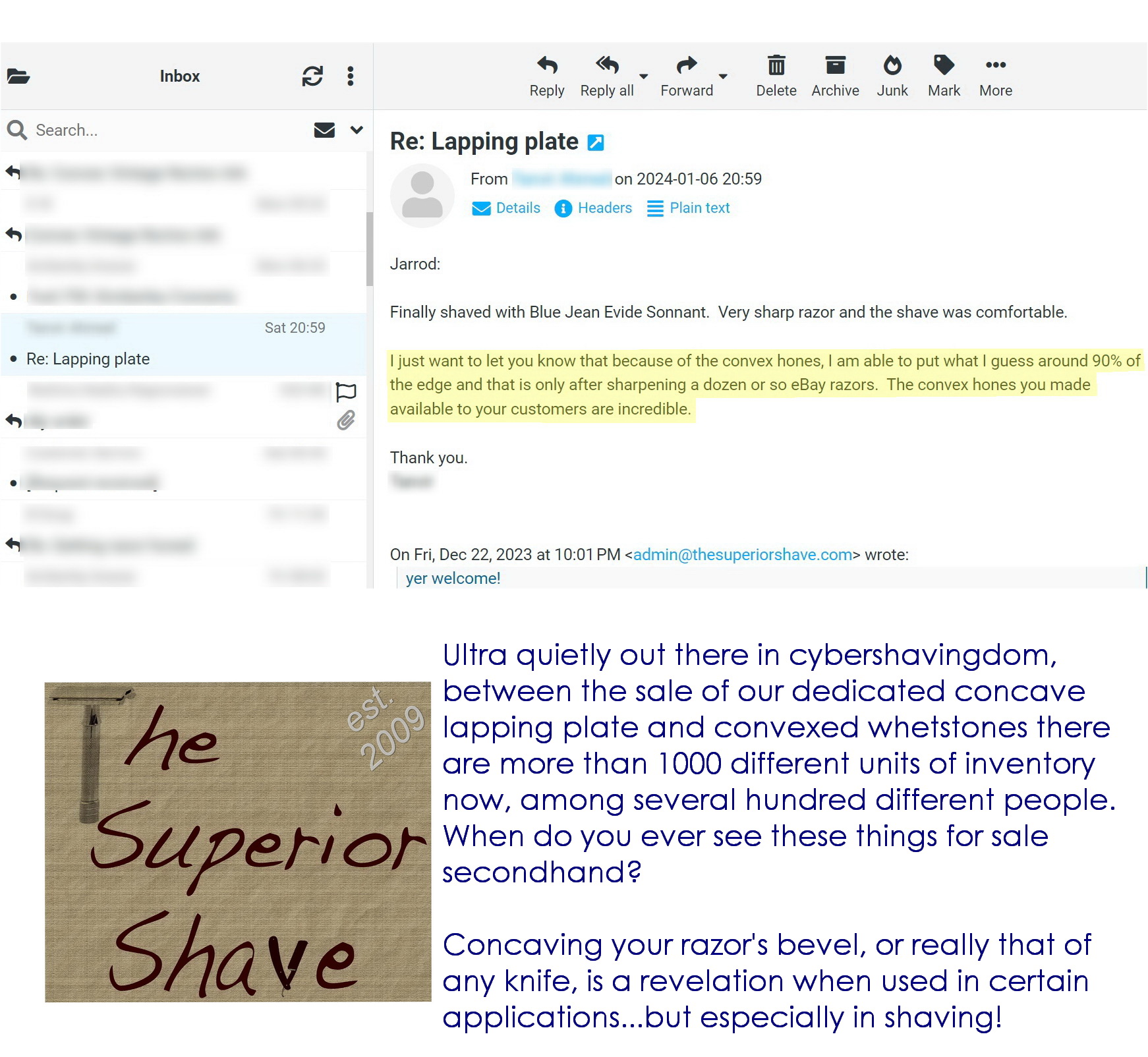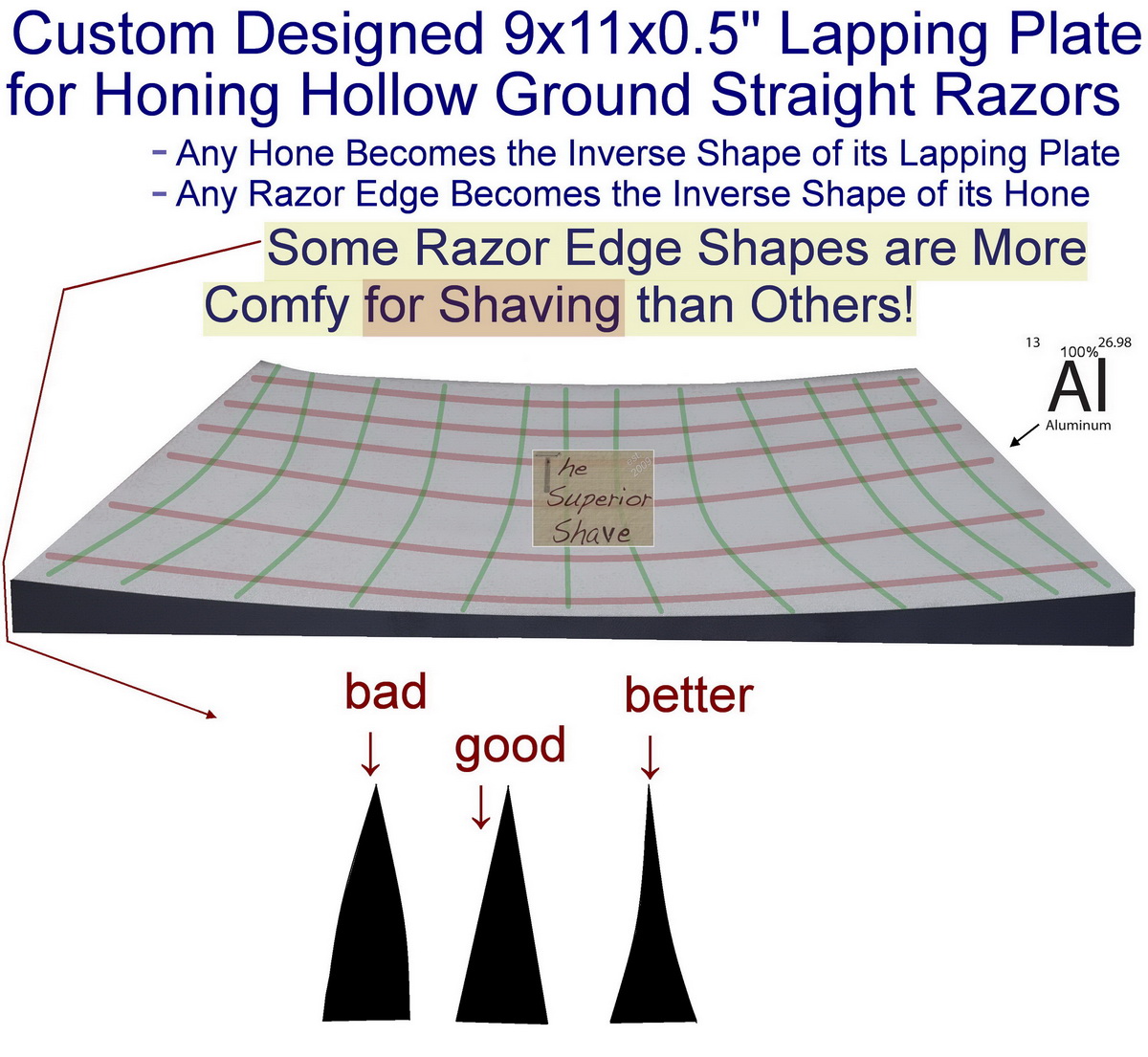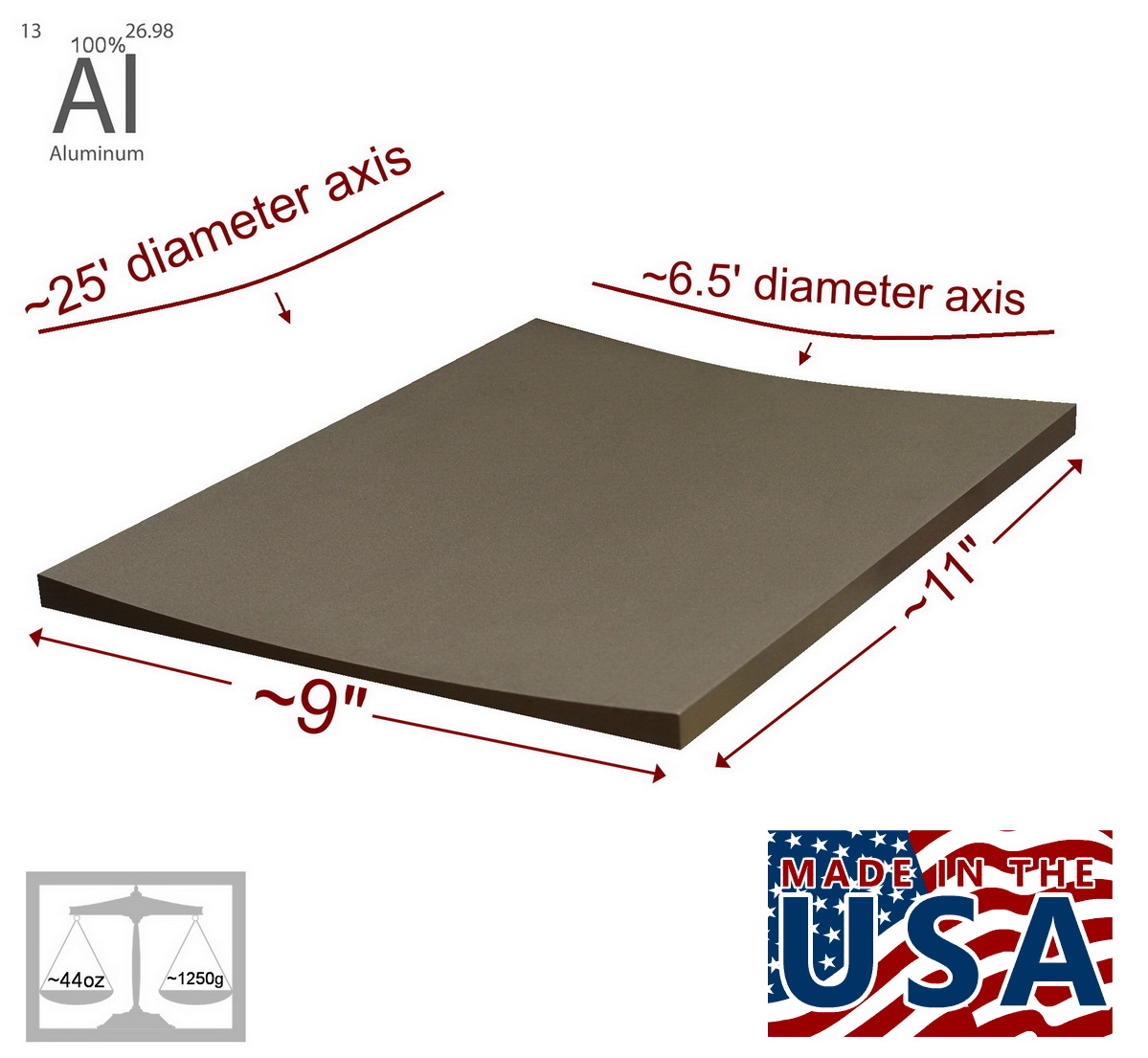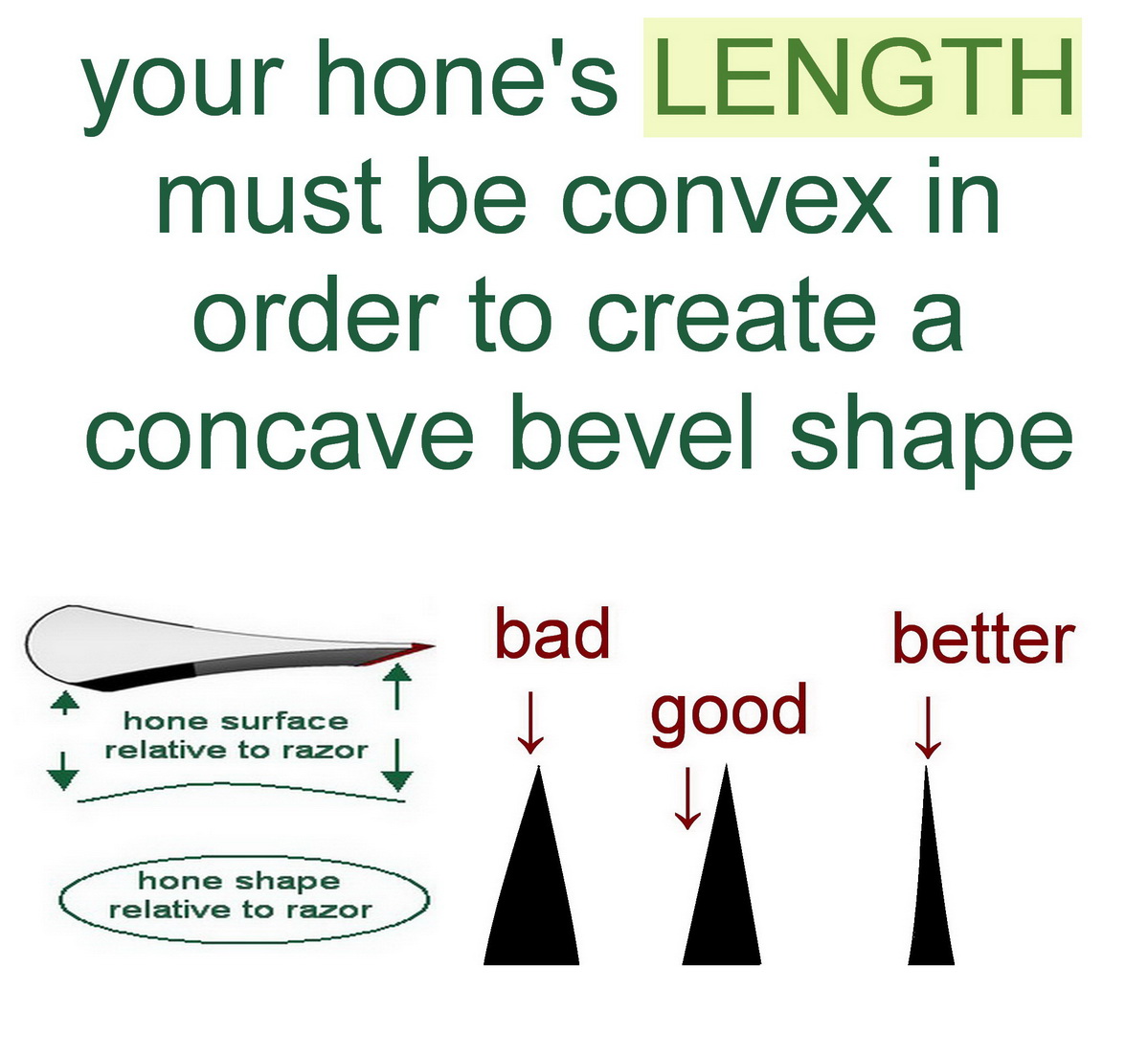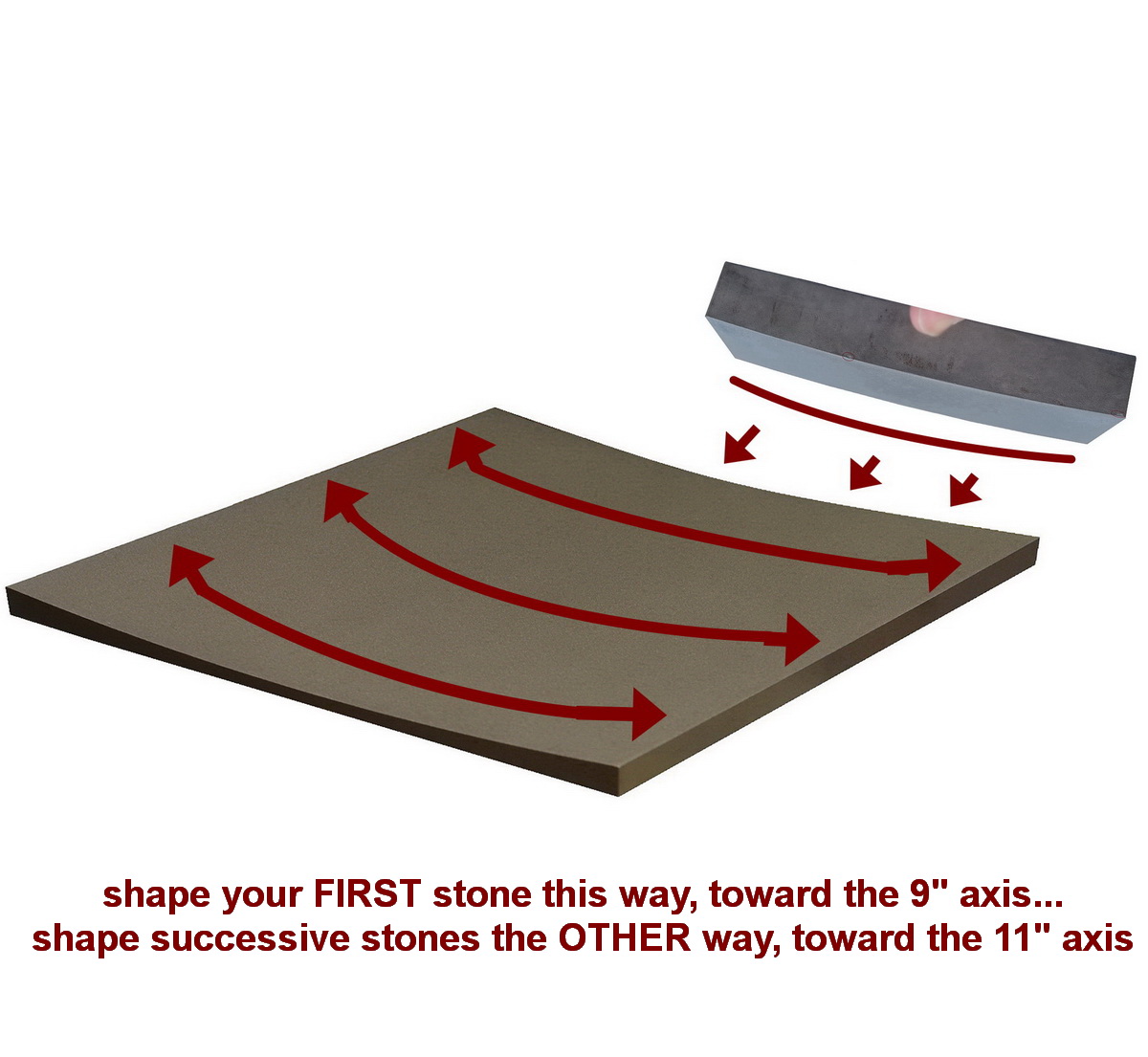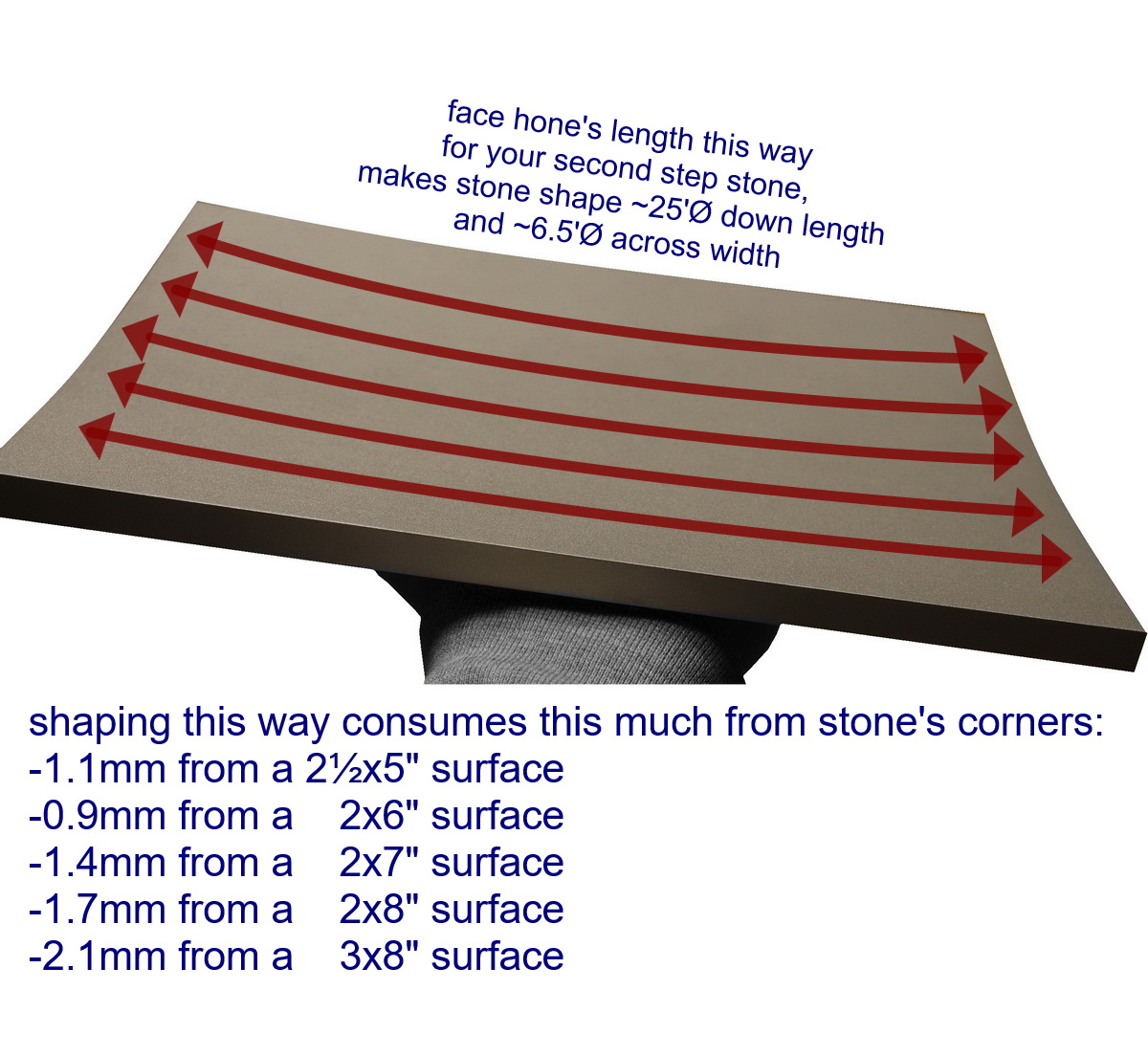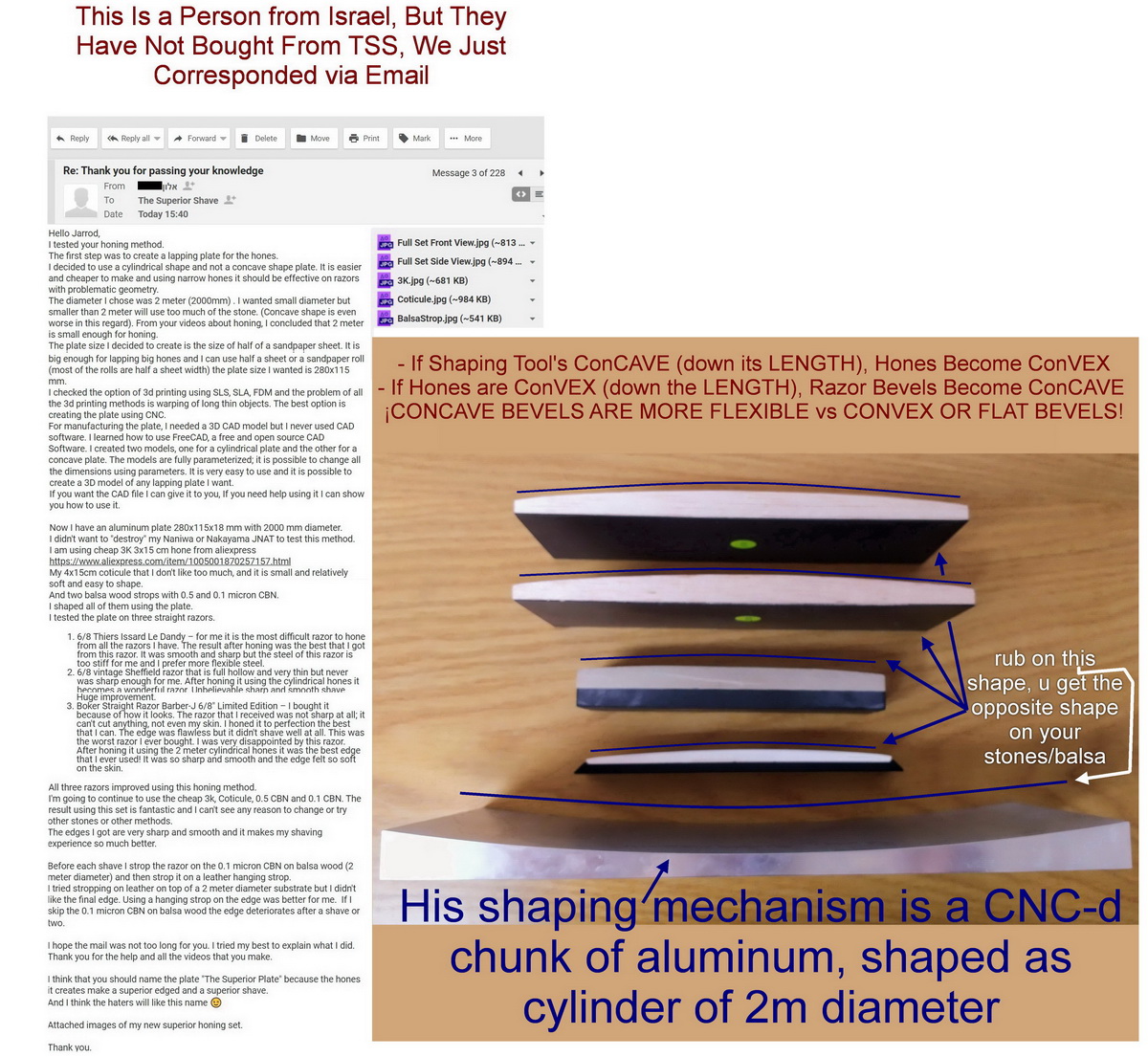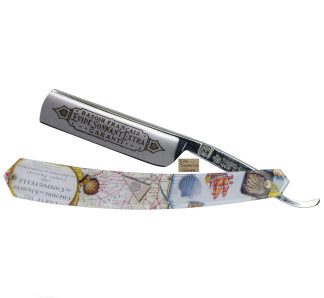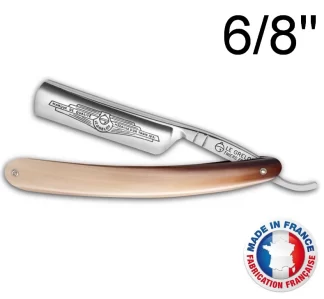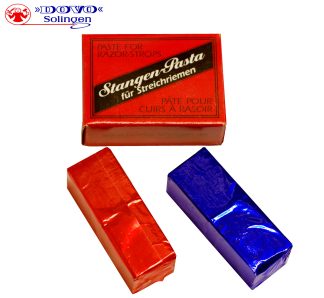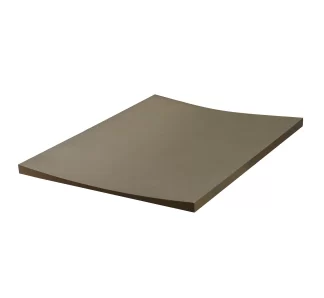Description
Well would you look at that! I was definitely going to scuttle this shape and we’ve 8pcs left from the 50 I bought right after the house fire last year, I figured I’d make a much cheaper, thicker, smaller, and hopefully 3D-printed version (this super thin long subtle shape was just too demanding for that, I tried many many prototype$ and the only thing that works for 9x11x0.5″ with this kind of gentle/demanding curvatures is CNC reduction, which is the costliest of this parts-making stuff) suited to the 120x180mm diamond sheets I’ve bought from The River of Fakes, (PLEASE click that link and make a buy, any buy, over there at the river, I will get a 1-2% commission and it costs you $0, I’m almost up to a payout after begging this way for 3yrs now!).
But it would appear that this terrific Chinese producer makes that diamond plate in a sheet almost as big as these plates themselves, so now the task shall be to see if I can get those to the USA, in that size. If you had 210x279mm of surface to shape upon, shaping a 2x6x1″ soft Ark stone to a 6.5’Ø for an ultimate bevel-setter doesn’t sound as intolerable a way to try and make $ from you, the reader. The 120x180mm ones I’ve paid ~$34/ea. for have worked great, really, but still, to shape my vintage Norton soft Ark 2×6″ took a couple brutal hours, with 210x279mm I’m sure you could get it done in under 1hr per stone.
Anyway, on to the sales pitch. This 9×11″ aluminum plate allows you to shape whetstones as arc-chords, so that you can put a concave (hollow ground) bevel upon a razor, knife, etc.
The concave profile can either be partially applied (= concave toward ‘rear’ of bevel, flat or convex at apex) or fully applied (= concaved through to apex, two curved arcs intersecting rather than two lines intersecting).
While marketed towards straight razor users, this plate’s nonetheless a revolutionary item for many fields of sharpening; any serious chef that only uses their own knives, for example, should own this device, or something akin to it – some way to create meaningfully convexed hones, and therefore meaningfully concaved bevels. No matter how good one’s incumbent efforts with flat or convex bevels, they know not what they’re missing, but as I always say, “comparison is the robber of joy”. Buy a spacing guide and put some concavity in to your fine chef knives and you’ll be shocked!
Learn all about stone-shaping here, from a gent who has forgotten more of abrasives and geology than I shall ever know!
You don’t need to create a concave bevel form for the entire bevel span, as it is still a huge benefit to merely thin the ‘rear’ 80% of the bevel’s width and finish on a flat/hard/fine finishing stone or a pasted strop (it is perpetually challenging to finish entirely on a length-convex whetstone, though my very best shaving results occur when using that lofty goal). In fact, the apex change is the least important change this tool makes.
In the razor realm, the historical preference for honing upon a fine foot powered natural stone wheel (‘turn’ to ‘page’ 33) was that, by thinning a razor bevel directly at the factory [or at a local sharpening expert bestowed with a Pike Arkansas wheel], you would:
- increase the sum area of steel thinner than human hair (= the portion that ENTERS hair, thicker metal just “squeegees”/cleaves it away)
- increase the flexibility of the apex (so it penetrates hair more easily when presented at ideal angle, and conversely makes it *harder* to penetrate when presented at poor angle, the same reason why thicker-ground razors are typically easier than thinner-ground razors for novices to use)
- ease the home user’s re-sharpening with flat hone(s) or pasted strop by ensuring their efforts *must* affect directly upon the apex (for there could not be metal present just behind which could obstruct a flat stone, while if a bevel is ‘flat’, or more likely slightly convex, that obstruction is a perpetual problem).
It is important to understand that as a pair of fixed-shape tools which this plate (and sandpaper) produce from within rectangular whetstones, they’re not as advanced as an old (and long unobtanium) Pike Hard Arkansas wheel. For any given razor size, there will be a perfect diameter wheel which, if held upon the razor with spine and edge flush, will first touch the razor toward the rear of its bevel (at its ‘bevel shoulder’), away from its apex but also away from its hollow grind zone. Too short of a diameter means the sharpening scores the hollow grind zone. Too long of a diameter and little to no benefit is created from the created hollow grind in bevel, as it will only deflect the apex and the first 0.1mm worth of steel thickness, slightly.
Ideally for straight razors, you would want to thin the bevel’s “shoulder” by ten microns or more, and finish with an abrasive field that initiates interaction jusssst behind the apex, between the actual apex and the point that it is 0.1mm thick “above” the whetstone.
When you shape your whetstones so that their length faces the 9″ axis of this shaping tool, you achieve a ~6.5’Ø (~2mØ) form primary diameter ellipse, with a ~25’Ø secondary diameter going across your stone. While in theory each razor size should not care if the bevel angle remained consistent between them, in practice you’ll find, or at least I have found, that smaller-width razors have slightly larger inclusive cutting angles, and larger-width razors have slightly lower inclusive cutting angles.
So upon most 4/8″ razors I’ve had in-hand since using this method, the 6.5’Ø minimum shape provided by this tool is still a little longer than ideal, and thus your honing will still hit forward of your bevel’s “shoulder” in the first step, limiting the ability for it to thin the razor bevel at the shoulder. You’d need a smaller diameter imaginary wheel to perfect such razors. This $160 tool cannot provide you that. Wheels (and wheel shapes) fine enough for this sort of work are quite scarce!
On a 7/8″ razor, on the other hand, the 6.5’Ø shape is not so short that it comes to initial contact within the razor’s hollow grind, but close enough to that that sharpening slurry will affect the appearance of the hollow grind (which is always a ‘risk’/tradeoff, and more prevalent the larger the razor width becomes, or the lower its cutting angle becomes).
The absolute ideal goal in honing on a wheel should be to thin the bevel in stages, and finish with a stone which will touch jusssst behind the apex.
Shaping the stone so that its length faces the 11″ plate axis results in a ~25’Ø x ‘6.5Ø elliptical form. This shape will do a good job of gently flexing the razor’s apex as it sharpens on *any* razor. But the same cannot be universally said that shaping for a ~6.5’Ø x ~25’Ø stone will do a good job of gently thinning the razor’s bevel for all razor widths/cutting angles. It is much better than nothing, to be sure, but the old days had a twelve inch diameter, foot-powered stone of superior fineness, something so small it would cut in to the hollow grind of even the smallest-width razor were it held flush at spine and edge by the skilled administrator. And so, via tremendous acquired skill, back then they on-the-fly created thinness to the bevel by varying the spine’s position above the small wheel as well as varying how much of the tiny bevel interacted with the wheel, all by free hand!
This plate’s shorter-diameter-shape is terrific for thinning the bevel of 6/8″ and 5/8″ razors, less effective at bevel-thinning for 4/8″ and smaller razors, and is best served by incorporating a thin layer of tape on 7/8″ and larger razors. But whatever the razor size, using a hone created by this shaping aid does not require “tremendous” skill, only modest skill, and you’ll see the largest benefit by using the first step, shortest diameter hone to remove significant portions of steel from the “shoulders” of the bevel.
Current plate stock is 100% made in the USA, with carbon-neutral production!
If you’ve read this far, below are videos worthy your time

